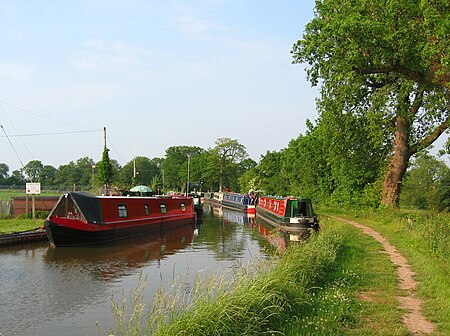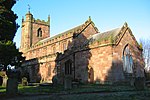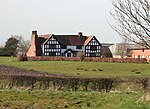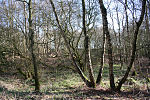Wrenbury-cum-Frith
Borough of Cheshire EastCivil parishes in CheshireEngvarB from July 2016Villages in Cheshire

Wrenbury-cum-Frith is a village and civil parish in the unitary authority of Cheshire East, and the ceremonial county of Cheshire, England. It lies on the River Weaver, around 8.5 miles south-west of Crewe. The civil parish of Wrenbury cum Frith also covers the small settlements of Gaunton's Bank, Pinsley Green, Porter's Hill, Smeaton Wood, Wrenbury Heath and Wrenburywood. It has a total population of around 1,100, being measured at the 2011 Census as 1,181.
Excerpt from the Wikipedia article Wrenbury-cum-Frith (License: CC BY-SA 3.0, Authors, Images).Wrenbury-cum-Frith
New Road,
Geographical coordinates (GPS) Address Nearby Places Show on map
Geographical coordinates (GPS)
| Latitude | Longitude |
|---|---|
| N 53.025 ° | E -2.608 ° |
Address
New Road
New Road
CW5 8EZ , Wrenbury cum Frith
England, United Kingdom
Open on Google Maps








